I was fresh from an MA in Museum Studies and eager to begin my career in the museum capital of the world when the pandemic struck. The current Covid-19 outbreak meant that my time at the V&A Museum of Childhood suddenly came to an end as teams across the organisation were furloughed. However, fast-forward a few months and I’m back in the stores of the museum pottering away.
My time as a Collections Documentation Officer has allowed me to work with one of the museum’s most expansive donations. The Robert Freidus Collection comprises over 20,000 flat-pack paper models and was given to the V&A in stages over a period of about ten years. It currently occupies an entire storeroom in the basement of the V&A Museum of Childhood. Born in New York in 1941, Freidus developed a keen interest in photography and sculpture after managing galleries during the 1970s and 1980s. He began collecting paper models in the mid-1980s and eventually amassed material from over 40 countries.
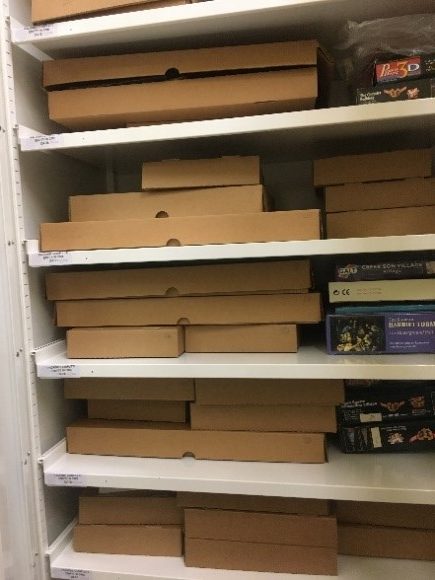
It is an astonishingly rich collection and contains examples from all the major publishers of the last 150 years. From miniature villages to large constructions such as the Leaning Tower of Pisa or St Paul’s Cathedral – the variety is incredible. Cataloguing it has been no easy task and there is still much to do!
There are some models that I found particularly interesting, specifically those showing military scenes like battlefields or soldiers in combat. There are also fortresses with knights and horses, and specific models relating to famous battles in history such as the Battle of Hastings or the Battle of the Alamo. I have always had a keen interest in military history so these paper models caught my eye, and I began to think about the history of military toys and their evolution of the years.
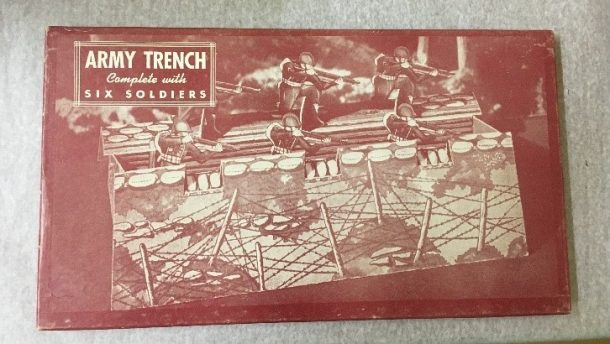
Military toys and games have been popular for thousands of years. Some have even been found in the tombs of Ancient Egyptian royalty like Prince Emsah, whose toy soldiers can be seen in the The Egyptian Museum in Cairo. In the 5th century BC the ancient Greeks played Petteia, one of the first warfare-based board games. Over a thousand years later a variant of Petteia would be created in Northern India. In Sanskrit the game is known as chaturanga, meaning ‘four parts’, referring to different military divisions. We know it more commonly as chess.
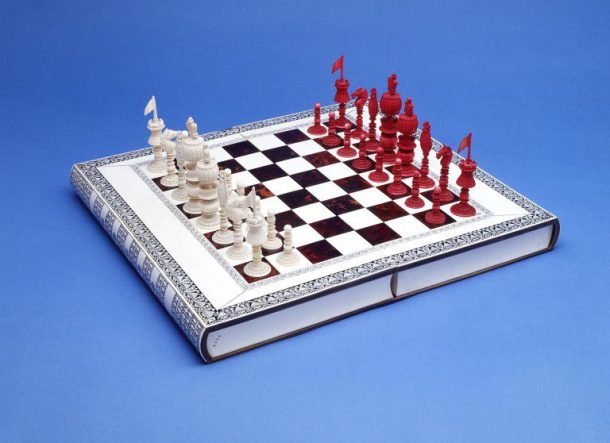
In 1780, the first proper wargame was invented by Johann Christian Ludwig Hellwig in Prussia. He wanted the game to be realistic enough so that future army officers could learn useful lessons in military strategy. Wargames continued to evolve so that by 1824 Georg Heinrich Rudolf Johann Von Reisswitz had created a game that used accurate paper maps instead of chess-like grids. This map design is still used today in games such as Risk, Pandemic and Ticket to Ride. These transformed games were used by the Prussian army to simulate battles in real locations. Many people credited Prussia’s victory over France in the Franco-Prussian War to its war gaming tradition.
The Prussian’s love of wargaming soon went global, and in 1913 H.G. Wells published his book Little Wars which laid out the rules for playing wargames with toy soldiers. The V&A holds a vast collection of largely British toy soldiers dating from the early 20th century, each one hand painted and depicting the uniform of that regiment.
The image below shows H.G. Wells playing a wargame using toy soldiers. He can be seen using a piece of string which is cut to a set length of the distance his soldiers can move. An umpire sits behind him with a stopwatch whilst his opponent waits eagerly with his toy soldiers. The battlefields in which H.G. Wells played were made from whatever materials were at hand.
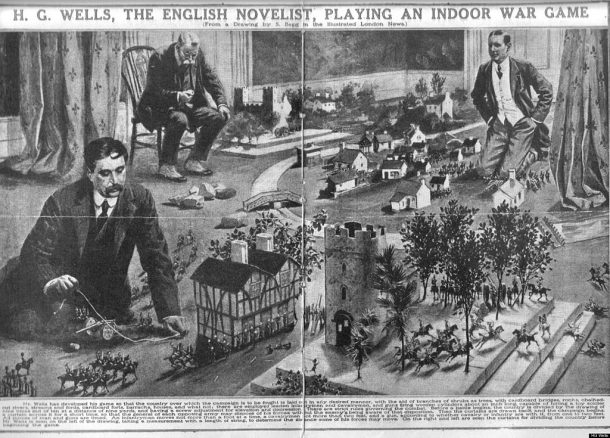
By the 1960s anti-war sentiment had turned the public away from military toys. This trend would continue throughout the latter part of the 20th Century. In recent deacdes, however, wargames have seen a renaissance, with companies such as Games Workshop leading the way in miniature wargaming. Tabletop games, RPGs, video games are all contemporary versions of the games that were developed thousands of years ago. This evolution shows how play often reflects the contemporary culture of the time, but also that people have always played games for fun and enjoyment.
With the V&A Museum of Childhood at the beginning of an exciting transformation, the team are looking at how we can explore games within the new galleries. Much like the wargames used by the Prussian military, games today give us skills and knowledge. Rather than military prowess however, we learn to collaborate, to solve problems, to negotiate, and to be creative.
As I return to cataloguing and sorting hundreds of paper models I think about how these differ from wargames. Once created, paper models are decorative and static – they have served their purpose by being built. But perhaps a lesson can be learnt from H.G. Wells and his wargames, that with a bit of imagination and creativity any model can be bought to life and bring fun to the player.
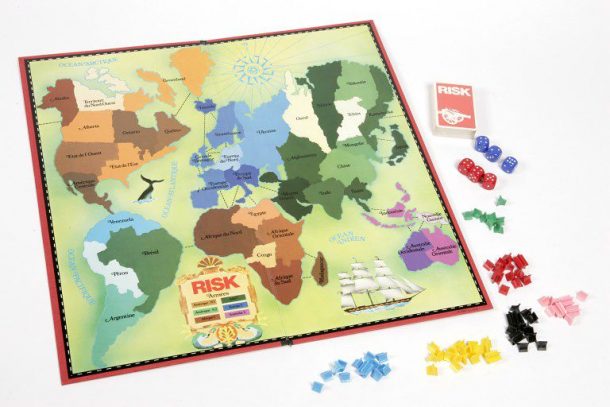
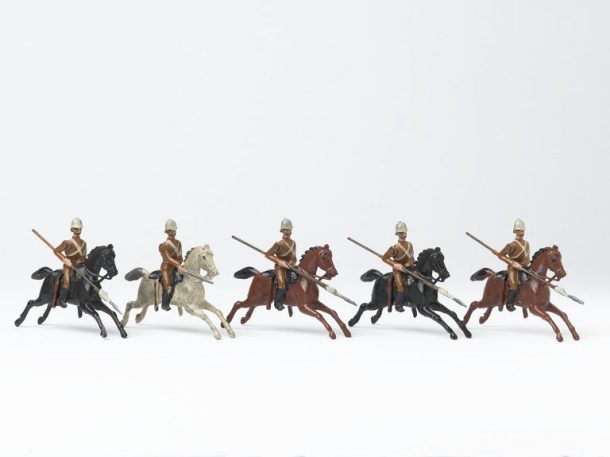
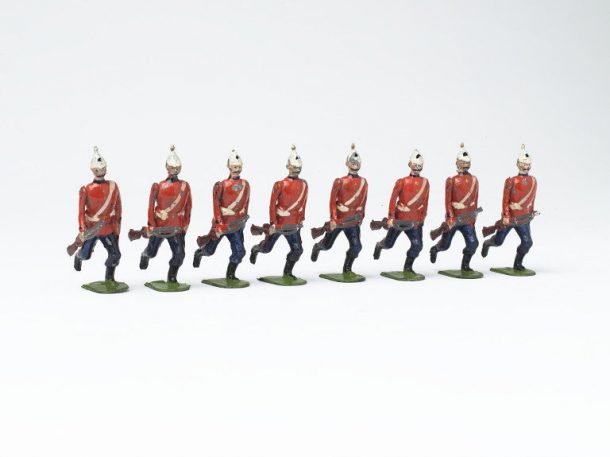


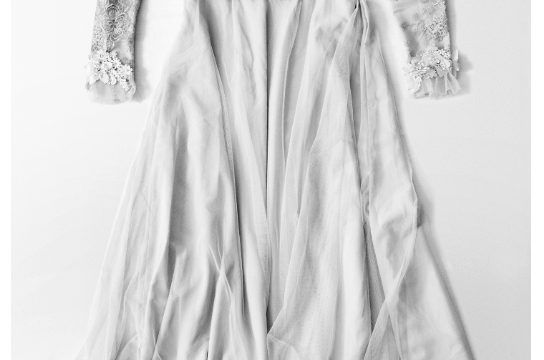
Thank you for recommending, it is nice to know more details about the information you share. I will often see your next posts, please keep updating.
Dear Jack,
Thank you for your interesting article and the peek behind the scenes at the V & A.
I have been doing some ongoing occasional research into the background of H.G. Wells writing Floor Games and Little Wars in 1911 -1913, those men who helped Wells to develop his Little Wars war game just before the Great War of WW1 and the influence or witness of the women in his household during this creative time.
It is published on my toy soldier blog https://manoftinblog.wordpress.com/h-g-wells-little-wars-floor-games-toy-theatres-and-magic-cities/